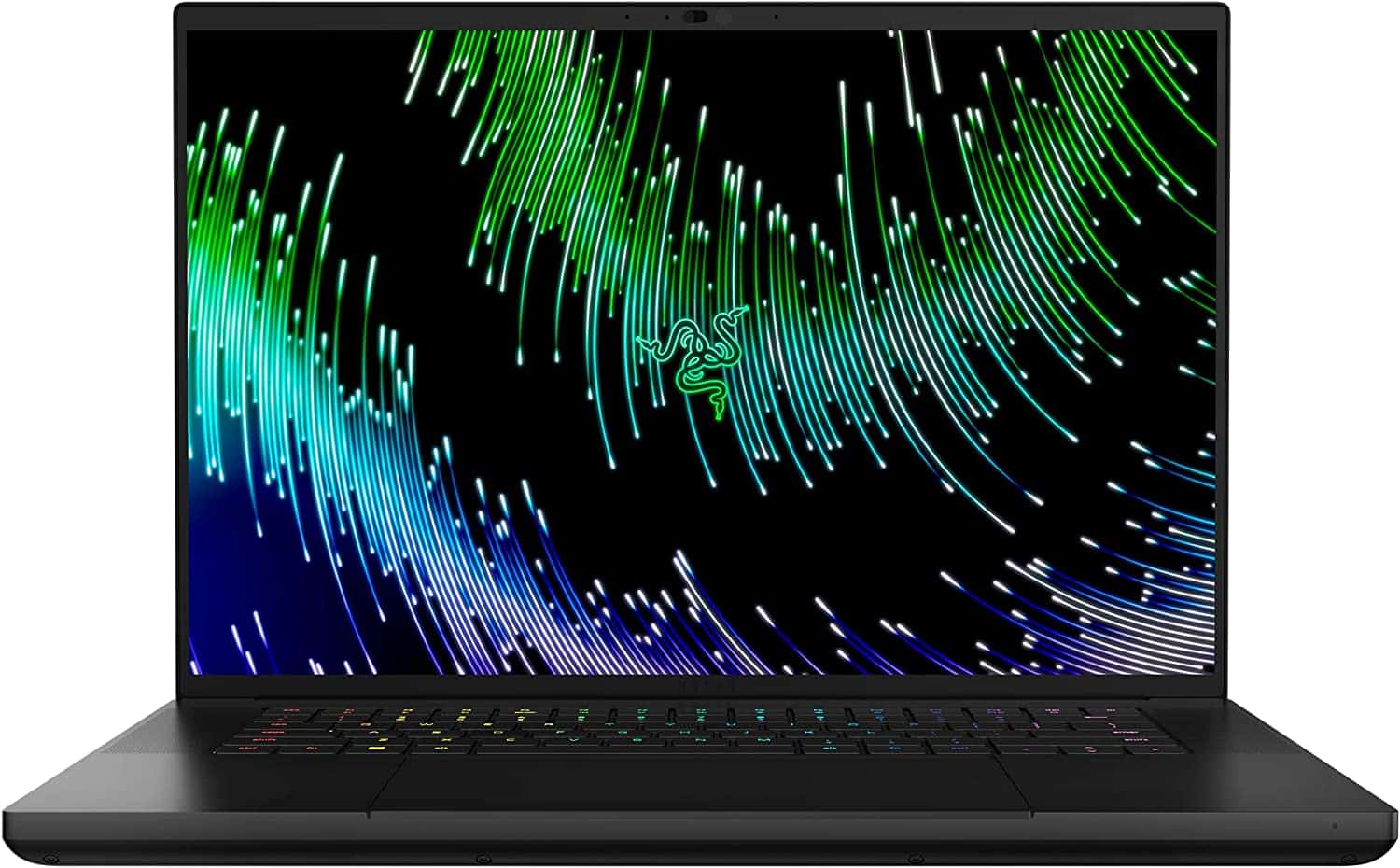Greetings Top Future Tech crew, when it comes to virtual reality headsets, the HTC Vive and Oculus Rift are two of the most popular choices on the market. Both offer immersive experiences that allow users to feel like they are truly inside the virtual world. However, there are some key differences between the two that may make one a better choice for certain users over the other. Looking for a model outside of these two? Check out The Best 7 Picks for Standalone VR Headset: The Future of Virtual Reality.

One of the biggest differences between the two headsets is the way they track movement. The Vive uses a system of external sensors that track the user’s movements in a room-scale environment, while the Rift relies on internal sensors and a camera to track movement in a smaller area. This means that the Vive may be a better choice for those who want to move around more freely in their virtual environment, while the Rift may be a better choice for those with limited space.
Another important factor to consider is the available content for each headset. While both offer a range of games and experiences, there are some titles that are exclusive to one or the other.
For example, the Rift has exclusive access to some popular titles like “Lone Echo” and “Robo Recall,” while the Vive has exclusive access to titles like “Tilt Brush” and “Google Earth VR.” Depending on your interests, one headset may offer a better selection of content than the other. Heard bout the next dimensional 8K VR Headset: The Groundbreaking Future of Virtual Reality?
Disclosure:
Table of Contents
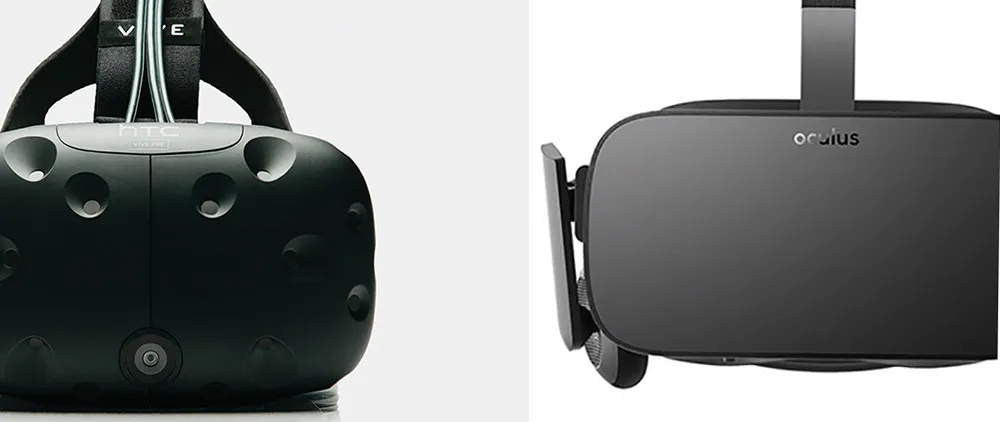
Overview of HTC Vive
At this point we all know that when it comes to high-end virtual reality headsets, the HTC Vive is undoubtedly one of the best options on the market. Developed in collaboration with Valve, the Vive offers a truly immersive experience with its room-scale tracking and motion controllers.

Minimal system requirements?

Overall, the HTC Vive is an excellent choice for anyone looking for a high-end VR headset that offers an immersive and intuitive experience. While it may be a bit more expensive than some other options on the market, the Vive’s room-scale tracking and motion controllers make it well worth the investment for serious VR enthusiasts.
Overview of Oculus Rift
The Oculus Rift is a virtual reality headset developed and manufactured by Oculus VR, a division of Facebook Inc. It was first released on March 28, 2016, and has since undergone several upgrades and iterations. The Rift is designed to provide an immersive virtual reality experience for users, with high-quality graphics and a wide field of view.

Designed to be easy!
In terms of content, the Rift has a large and growing library of virtual reality games and applications, with many exclusive titles that are not available on other VR platforms.

The Oculus Store features a wide range of games and applications, as well as support for third-party platforms such as SteamVR.
Overall, the Oculus Rift is a high-quality and immersive virtual reality headset that offers a wide range of features and capabilities. With its advanced tracking system, comfortable design, and extensive library of content, the Rift is a popular choice for both casual and professional VR users.

Hardware Comparison
Display

When it comes to the display, both the Vive and Oculus Rift offer similar resolutions of 1080×1200 pixels per eye.
However, the Vive has a slightly larger field of view of 110 degrees compared to the Oculus Rift’s 90 degrees.
This means that the Vive offers a more immersive experience with a wider range of vision.
Controllers
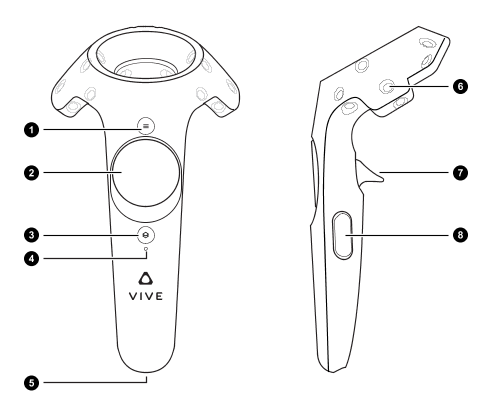
The controllers for both the Vive and Rift are designed to mimic your hands.
Allowing for a more intuitive and immersive experience.
However, there are some differences between the two.
The HTC Vive controllers are larger and bulkier, which can be uncomfortable for some users, but they offer more buttons and features. The Rift controllers, on the other hand, are smaller and more ergonomic, making them easier to hold for extended periods of time.
Tracking Systems

The tracking systems for both the HTC Vive and Rift are based on sensors placed around the room.
However, the HTC Vive uses a system called Lighthouse, which uses lasers to track your movements with greater accuracy.
The Rift uses a system called Constellation, which uses infrared LEDs to track your movements. Both systems are accurate and reliable, but the Lighthouse system is slightly better in terms of accuracy and range.
Overall, the HTC Vive and Rift are both excellent VR headsets with their own strengths and weaknesses. When it comes to hardware, both headsets are very similar, but there are some differences in terms of display, controllers, and tracking systems that may make one headset more appealing than the other depending on your preferences.
Software Comparison
Game Library
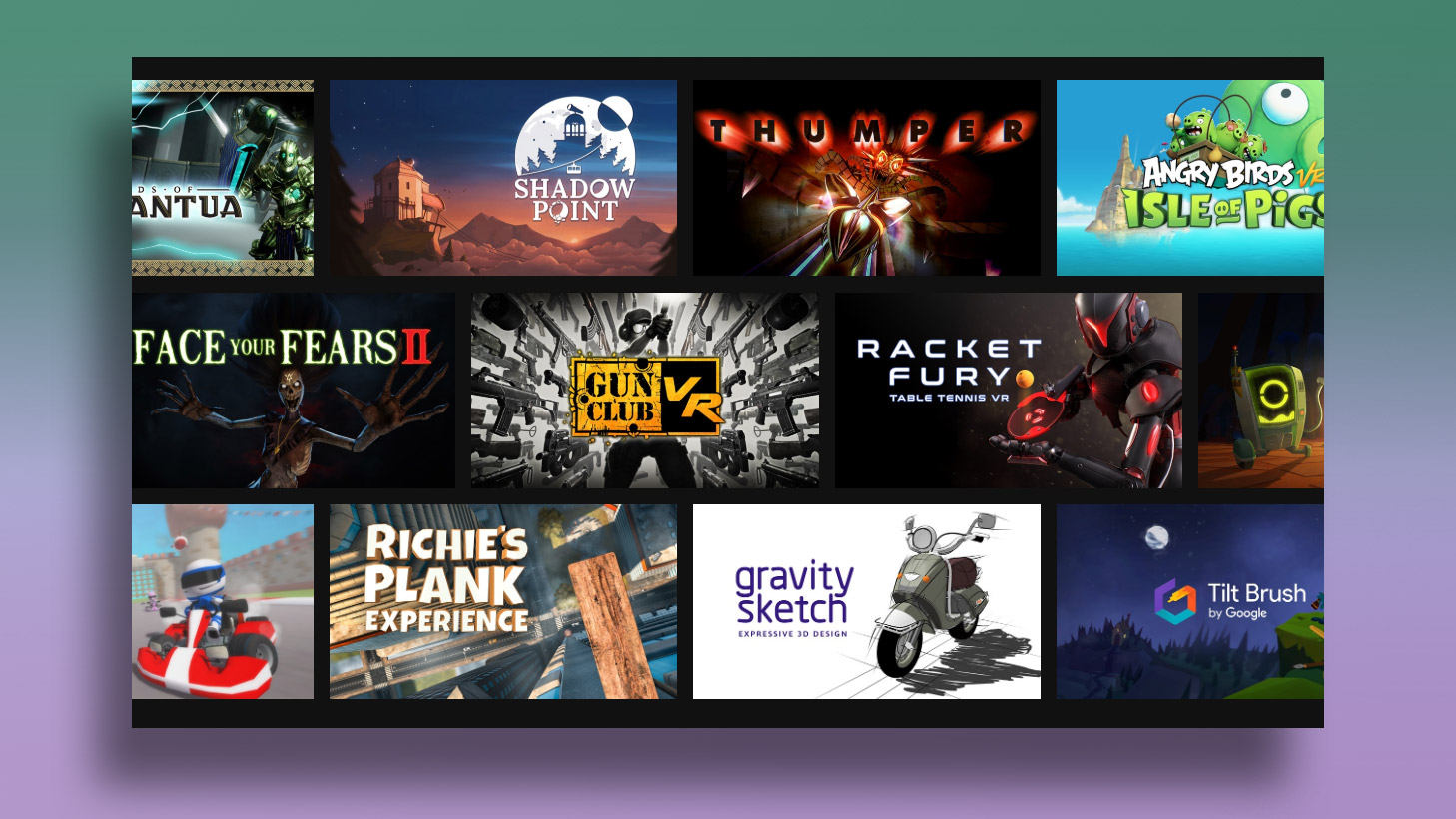
Game on

User Interface

Easy to navigate
The user interface of the Rift is generally considered to be more user-friendly and intuitive than that of the HTC Vive. The Oculus Rift uses the Oculus Home interface, which is easy to navigate and allows for easy access to your library of games.
:no_upscale()/cdn.vox-cdn.com/uploads/chorus_asset/file/6292021/vrg_vive_screen_02_sm.0.png)
System Requirements

Powerful PC Required?
The Vive requires an Intel i5-4590 or AMD FX 8350 processor, 4GB of RAM, and an NVIDIA GTX 970 or AMD Radeon R9 290 graphics card. While the HTC Vive has slightly higher system requirements, it does offer the option to upgrade to the Vive Pro, which has higher resolution displays and requires an even more powerful PC to run.
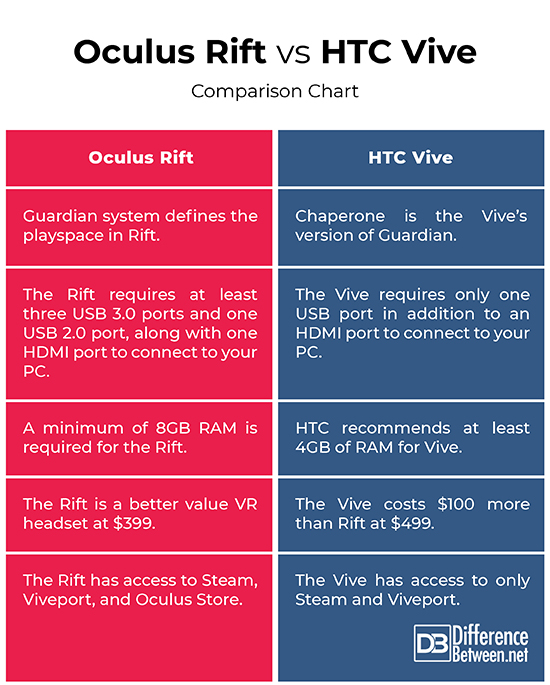
Comfort & Design
When it comes to choosing between the Vive and the Rift, comfort and design are important factors to consider. In this section, we’ll examine the ergonomics and aesthetics of both headsets.
Ergonomics

Comfortable design
The ergonomics of a VR headset can make a big difference in how comfortable it is to wear and how long you can use it without experiencing discomfort. Both the HTC Vive and the Oculus Rift have made significant strides in this area since their initial releases.

The Rift, on the other hand, has a more streamlined design that fits snugly against your face.
The Rift also has a built-in audio system that eliminates the need for separate headphones.
However, some users have reported that the Rift can feel a bit heavy after extended use.
Aesthetics

Exquisite quality

The Rift, on the other hand, has a sleeker, more futuristic design. The Rift is also lighter and more compact than the Vive, making it easier to transport.
However, the Rift’s design may not be as durable as the Vive’s, and some users have reported issues with the headset’s build quality.
All in all, both the Vive and the Rift have their strengths and weaknesses when it comes to comfort and design. Ultimately, the choice comes down to personal preference and which headset you find more comfortable to wear.
Frequently Asked Questions
Which VR headset is better for PC gaming, HTC Vive or Oculus Rift?
Both the HTC Vive and Rift are excellent VR headsets for PC gaming, but which one is better depends on your personal preferences. The HTC Vive has a higher resolution and a wider field of view, which can make for a more immersive experience. The Rift, on the other hand, has better integrated headphones and a more comfortable fit. Both headsets have similar tracking technology, but the HTC Vive has a larger tracking area, which can be a benefit for certain games.
What are the key specs of the HTC Vive and Oculus Rift, and which is better?
The HTC Vive has a resolution of 1080 x 1200 pixels per eye, a field of view of 110 degrees, and a refresh rate of 90Hz. It also features a front-facing camera and a larger tracking area than the Rift. The Oculus Rift has a resolution of 1080 x 1200 pixels per eye, a field of view of 110 degrees, and a refresh rate of 90Hz. It features integrated headphones and a more comfortable fit than the HTC Vive.
Can the HTC Vive run Oculus games, and if so, how well?
Yes, the HTC Vive can run Oculus games, but it requires the use of a third-party software called Revive. The performance of the games can vary depending on the game and the system specifications of your PC. Some games may require additional tweaking to run properly on the HTC Vive.
Final Thought
After comparing the HTC Vive and Oculus Rift headsets, we can conclude that both are excellent choices for VR enthusiasts. Each headset has its own strengths and weaknesses, and the choice ultimately comes down to your own personal preference and intended use.
The HTC Vive’s room-scale tracking and motion controllers make it a great choice for gamers who want to fully immerse themselves in virtual worlds. The headset also has a wider field of view and higher refresh rate than the Rift, which can make for a more immersive experience.
On the other hand, the Rift’s lighter weight and more comfortable design make it a better choice for extended VR sessions. The headset also has a slightly higher resolution than the HTC Vive, which can make for slightly sharper visuals.
Both headsets have a similar price point and require a powerful PC to run, so cost isn’t a major factor in the decision-making process. Ultimately, it’s up to the individual to decide which headset best fits their needs and preferences. Our readers alo enjoyed reading about AI and VR in AI Generated VR: The Intricate Future of Immersive Technology in 2024.
Overall, we believe that both the HTC Vive and Rift are excellent choices for anyone interested in virtual reality. Each headset has its own unique features and benefits, and both offer a truly immersive VR experience.




